‘Let Community Lead’: when was the power taken and who took the leadership?
The 2023 World AIDS Day theme boldly declares, ‘Let Community Lead.’ This rallying cry is not just a statement but an acknowledgment of a crucial shift in perspective. However, beneath the surface of this seemingly empowering directive lies a nuanced irony — a paradoxical call for communities to lead in a realm where they were the pioneers, albeit informally, in the early days of the AIDS response. I reflect with nostalgia on my work and walk in the HIV and AIDS sector as I to explore the historical context surrounding the origins of community-led efforts in the fight against HIV/AIDS and the subsequent challenges that have shifted the locus of power over time.
In the initial stages of the AIDS epidemic, communities were at the forefront of the response, reacting to the crisis with resilience, activism, and mutual support. Grassroots movements emerged organically, driven by the urgency of the situation and the need for immediate action. The famous slogan, “Nothing About Us Without Us,” encapsulated the ethos of these early years, emphasizing the principle that individuals and communities affected by the epidemic must actively participate in shaping policies and interventions.
These grassroots efforts were marked by a spirit of community empowerment, local knowledge, and a genuine understanding of the needs on the ground. However, as the epidemic evolved, so did the nature of the response. The emergence of global institutions and donor-driven initiatives inadvertently led to a centralization of power. While these entities played a pivotal role in mobilizing resources and coordinating international efforts, they also unintentionally marginalized the very communities that were the backbone of the initial response.
The question then arises: when and how was the power taken from communities, and who assumed leadership in the interim? The transition from community-led responses to more centralized approaches was gradual, influenced by the growing complexity of the epidemic and the need for large-scale interventions. As the focus shifted towards medicalization and global coordination, the nuanced perspectives of communities often took a back seat to standardized approaches.
The ‘Let Community Lead’ theme for World AIDS Day in 2023 serves as a poignant reminder of this historical trajectory. It prompts us to reflect on the journey from the organic, community-driven responses of the past to the current globalized landscape where the power dynamics have shifted. The irony lies in the fact that communities, who were the original leaders, are now being called upon to reassume a role that may feel like it was taken away from them.
Moving forward, recognizing this historical context is crucial for crafting effective strategies that genuinely empower communities. It requires acknowledging the inherent knowledge within communities, dismantling barriers to participation, and fostering partnerships that bridge the gap between local insights and global initiatives. The aim should not merely be to ‘let’ communities lead but to actively restore and support the leadership they once naturally assumed.
In conclusion, the 2023 World AIDS Day theme resonates as a powerful call to action, challenging us to critically examine the historical power dynamics within the HIV/AIDS response. By understanding when and how power shifted and who assumed leadership, we can pave the way for a more inclusive and effective approach where communities reclaim their central role in shaping the destiny of the fight against HIV/AIDS.
Morenike Oluwatoyin Folayan
Treasure, Society for AIDS in Africa


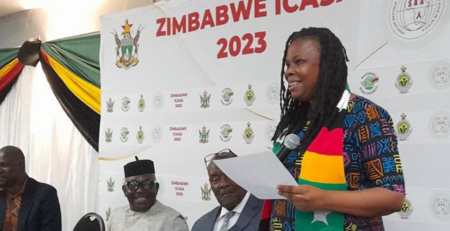
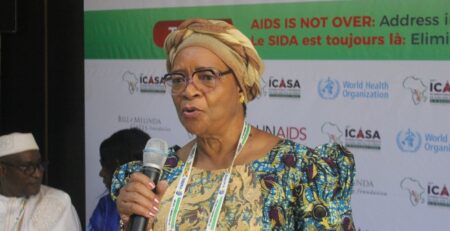
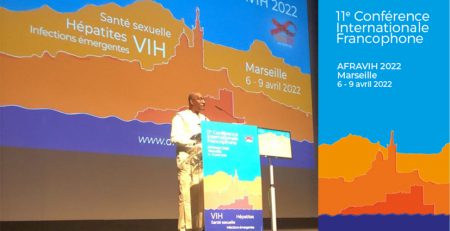

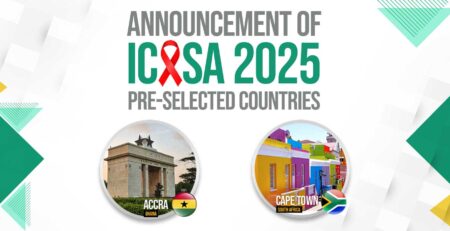
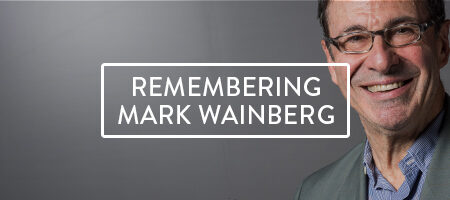
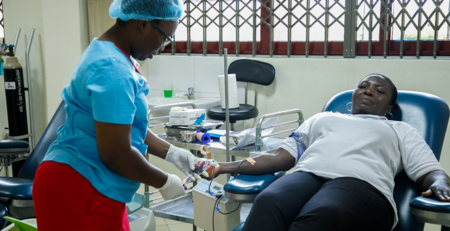
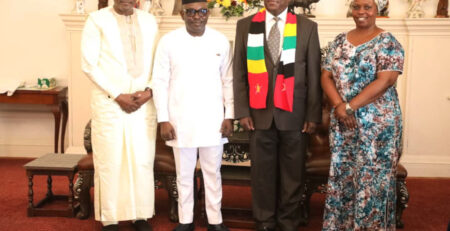
Leave a Reply